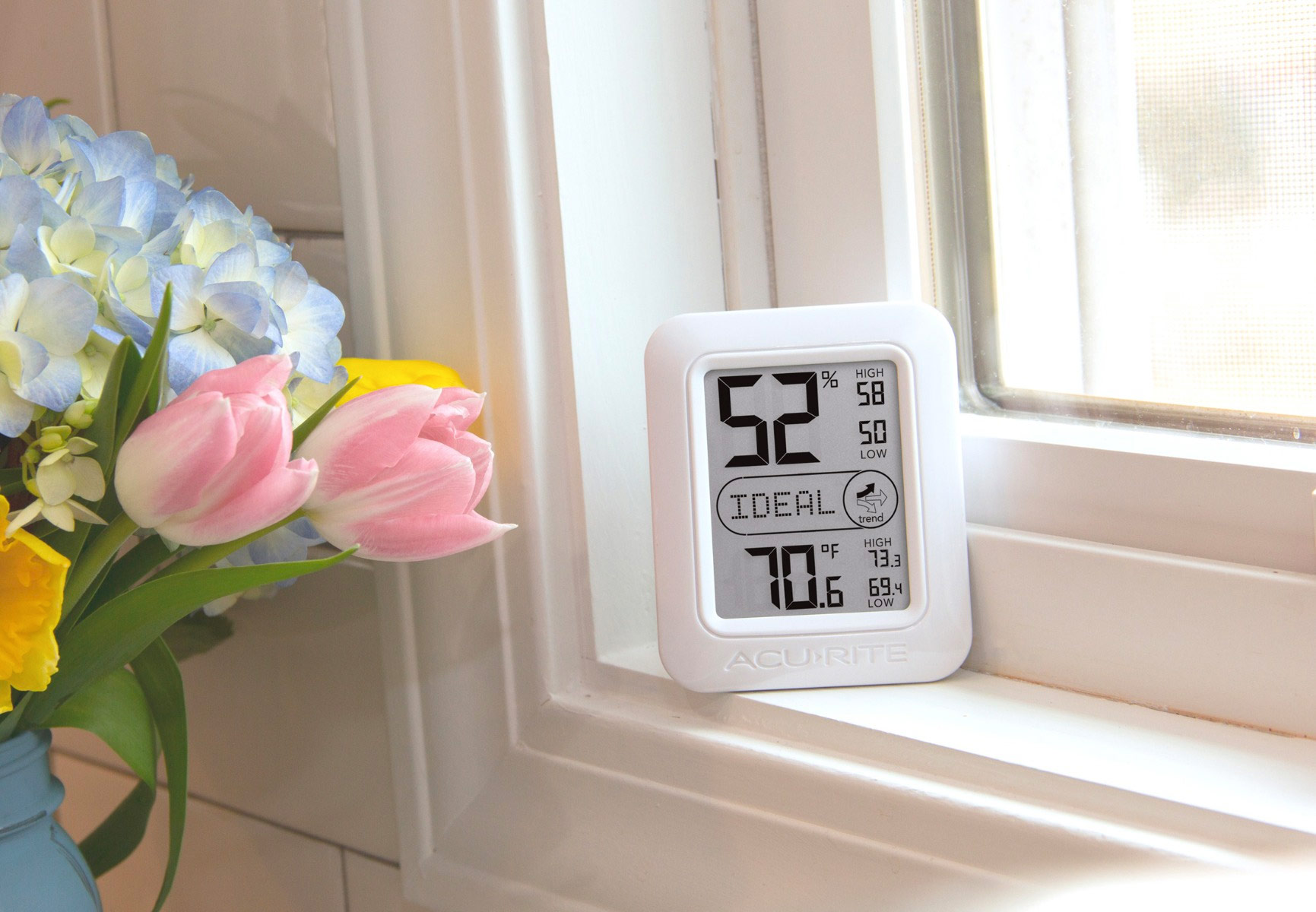Four Reasons to Pay Attention to Indoor Humidity This Winter
We see and hear about the effects of dry winter air all the time: My skin feels soo dry. No matter what I do, I can’t get the static out of my laundry! Why won’t this door close properly? Another day, another nose bleed. Dry air and low indoor humidity can have negative and damaging effects this time of year. But with a little know-how and a few key tools, you can get your humidity levels back in check and turn your home into a winter haven.
Indoor air quality takes a major hit. When the temps drop, we naturally crank up the heat. To that we say: not so fast. Turning up the heat can exacerbate the effects of dry winter air. Heating systems not only circulate warm air, but also degrade air quality by spreading pollen, germs and dust.
It adds to your discomfort. Humidity affects the way we perceive a given temperature. When indoor humidity is too high (above 55%), people tend to consider the room to be hot and stuffy even though the temperature may be at a level that is normally comfortable. When indoor humidity drops below 25%, that’s when you really start to feel the negative effects of dry air. The EPA recommends indoor humidity levels stay between 30% and 60%, and like Goldilocks, you’ll be saying: “Ahh, this humidity level feels just right.”

You’re more likely to get sick. Dried-out nasal passages have reduced ability to trap viruses and other harmful particles. In other words, there are more things floating around in the air that can make you sick, and your respiratory system is less equipped to deal with them. So not only do dry air symptoms include chapped lips, nose bleeds, cracked, itchy skin and a dry air sore throat, you’re more likely to get colds, sinus infections, the flu and suffer from allergies.
It can wreak havoc on your home and valuables. Dry air can damage drywall, wooden trim and hardwood floors, and some of your most prized personal possessions. Things like musical instruments, books and artwork are at risk when subjected to extended periods of dry air.
Want to maintain optimal humidity throughout the winter? For starters, measure and monitor the humidity levels in your home. AcuRite weather stations show indoor humidity on their displays, so you can track all your outdoor and indoor data in one place. Not a huge weather enthusiast? No problem. Our home monitoring systems keep it simple and track temperature and humidity in various locations around the home. Used in conjunction with a regularly maintained humidifier, you can skip the negative effects of dry air this winter.





